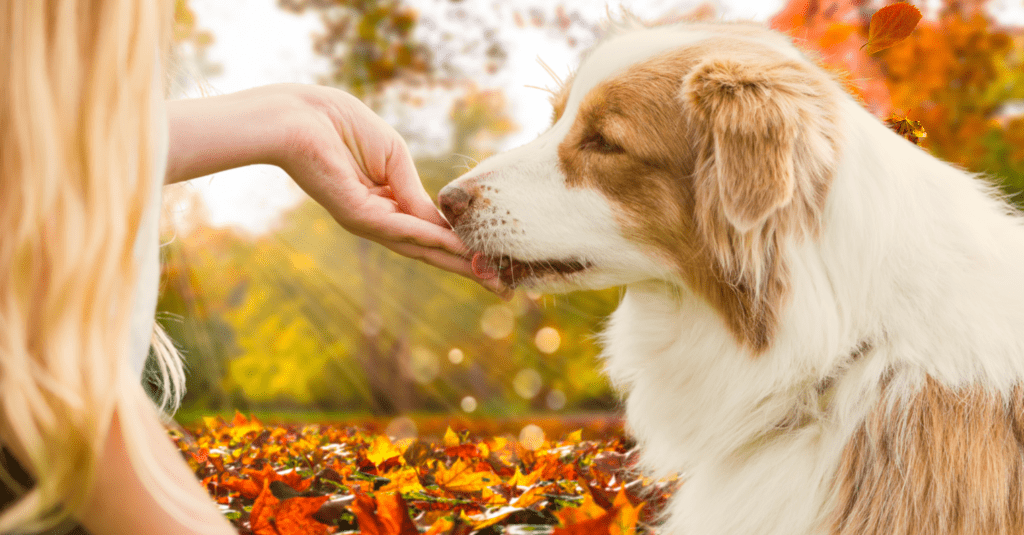Burns
Wound Care Remedies for Burns in Dogs
Pets love to get into things and explore places whether or not we want them to. Sometimes, that can even put them at risk of harm. Because of this, it’s common for dogs and cats to get burned. These wound care remedies for dogs can help to ease the pain and promote their recovery.
Treating Dogs for Burns
If your dog has been burned, it’s best to prioritize treating any shock, respiratory distress, or cardiac problems before treating the wound. Animals with serious injuries might need oxygen, fluid therapy, or nursing care. They may also need pain control or therapy for liver and kidney damage.
Treating the wound will help avoid infection and minimize their loss of body fluid. It can involve applying ointments, and carefully bandaging the burned area. Your pet’s diet is also important for their recovery. Healing takes a great deal of energy, so a diet high in calories and protein is best.
How NHV Remedies Can Support Dogs with Burns
NHV Natural Pet Products are formulated by veterinarians with 20+ years of experience. Depending on the type of burn, your pet may benefit from the following wound care remedies during their recovery stage, once your dog’s burns have been treated.
- Ouch Away Spray – helpful for hair growth.
- All Clear Ointment – a gentle formula to help heal the skin and aid the healing of infections
- Matricalm – helpful if your pet is in shock
- Yucca – to aid in the management of pain
- Milk Thistle – beneficial for the liver and kidneys
Common Causes of Burns in Dogs:
Consider the type of wound care remedy for your dog’s burn based on how they became injured.
Dry Burns - These types of burns can be caused by surfaces on radiators, stoves, lamps, light bulbs, and similar hot appliances.
Wet Burns - These burns are often from hot water, steam, or other liquid. This may happen during cooking from boiling water or oil. Other wet burns can be caused by barn fires, forest fires, or campfires.
Chemical Burns - These types of burns are caused by acids. They can originate from household items like cleaning solutions, rust removers, and batteries. They can also be caused by alkaline-based chemicals, oxidizing agents, and solvents. Watch for bleach, ammonia, pool chemicals, peroxide, turpentine, paint thinner, gasoline, and kerosene.
Degrees of Burns
Superficial (first-degree): These are burns that only affect their skin and fur. It might cause their skin to be red, swollen, painful, or lose fur.
Partial-Thickness (Second-Degree): These burns affect the skin, glands, and tissue. These deeper burns might be whitish or yellow. They can also be dry, and less sensitive to the touch.
Full-Thickness (Third-Degree): These burns affect all layers of the skin and tissue. The fat, muscle, and bone may also be affected. Third-degree burns may have a charred leathery texture. Normal skin may not be recognizable. They may or may not be painful because nerve endings can be destroyed.
Providing First-Aid for Burns
First, consider the complete wound care that your dog might need. Some injuries may include smoke inhalation, exposure to electrical current, shock, or damage to their other organs. In most cases, you should take your dog to the vet right away.
The goal of wound care treatment when your dog has a serious burn should be to stabilize and comfort them until they reach a veterinary clinic. Never apply products that could infect or contaminate their burn, like oils, toothpastes or creams. That can potentially make things worse.
Even moderate-looking burns may be extremely painful. Approach with caution, as your dog may want to bite.
For Superficial Burns - Apply clean water or saline to their injury for at least 5 minutes. Don’t rub the injured area or apply any chemicals. You should still call your veterinarian for advice on the most appropriate wound care remedies for your dog.
For Serious Burns - If your pet is unconscious or in critical condition, first look for vital signs like breathing, heartbeat, and eyelid reflex. For unconscious dogs, you can open their mouth and extend their tongue to help them breathe. Apply water or a saline solution to the wound, wrap them in a clean blanket, and take them to a veterinarian immediately.
Additional Support
The best way to protect your pet is to help keep them from getting burned to begin with. Be responsible in the way you store chemicals, and prevent your pet from getting too close to the stove, oven, barbecue, and fireplace.
Don’t take your pet out for a walk in the excessive heat. Their paw pads can be severely burned by hot pavement or sidewalks. If it’s too hot for you to walk on barefoot, then it’s too hot for your dog!
As soon as your pet has been injured, find burn care treatment for your dog at a veterinarian as soon as possible. Once they’ve been attended to, the wound care remedies for dogs at NHV can help aid their recovery.



 USD
USD
 Canadian Dollars
Canadian Dollars